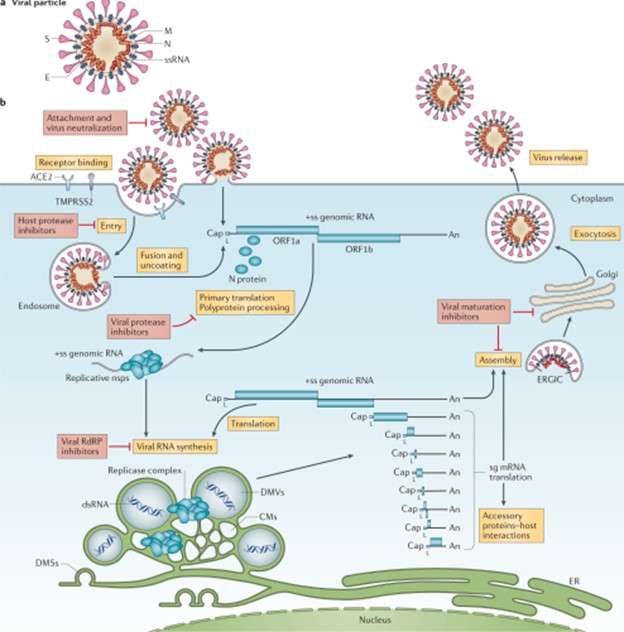Which of the following represents the complementary strand of a DNA sequence "5' AGCTAGCGT 3'"?
3' AGCTAGCGT 5'.
3' TCGATCGCA 5'.
5' UCGAUCGCA 3'.
3' TCGUTCGCU 3'.
The Correct Answer is B
The correct answer is choice B. 3’ TCGATCGCA 5’.
In DNA, the nitrogenous bases adenine (A) and thymine (T) pair together, while cytosine © and guanine (G) pair together.
Therefore, the complementary strand of the given DNA sequence “5’ AGCTAGCGT 3’” would have the nitrogenous bases T, C, G, A, T, C, G, C and A in that order.
Additionally, the 5’ to 3’ direction of the complementary strand is opposite to that of the given strand.
Choice A. 3’ AGCTAGCGT 5’ is not correct because it is not complementary to the given strand.
Choice C. 5’ UCGAUCGCA 3’ is not correct because it contains uracil (U), which is a nitrogenous base found in RNA, not DNA.
Choice D. 3’ TCGUTCGCU 3’ is not correct because it also contains uracil (U), which is a nitrogenous base found in RNA, not DNA.
Nursing Test Bank
Naxlex Comprehensive Predictor Exams
Related Questions
Correct Answer is A
Explanation
A catalyst is a substance that increases the rate of a chemical reaction without being consumed by the reaction.
As a result, the reaction is completed in a shorter amount of time.
Choice B is not correct because using a catalyst does not necessarily result in the formation of a more desirable product.
Choice C is not correct because using a catalyst does not necessarily result in the release of a greater amount of heat energy by the reaction.
Choice D is not correct because using a catalyst does not necessarily increase the yield of product.
Correct Answer is D
Explanation
Viruses lack the essential machinery needed to reproduce by themselves.
In fact, viruses can only reproduce after infecting a living cell - a process called viral replication.
Once inside a living cell, viruses re-program the cell’s machinery to produce viral proteins and genetic material to make new copies of themselves.

Choice A, Bacteria, is not the correct answer because bacteria have their own metabolic pathways and can reproduce outside of a host cell.
Choice B, Protozoa, is also not the correct answer because protozoa are single-celled eukaryotes that have their own metabolic pathways and can reproduce outside of a host cell.
Choice C, Helminths, is not the correct answer because helminths are multicellular parasitic worms that have their own metabolic pathways and can reproduce outside of a host cell.
Whether you are a student looking to ace your exams or a practicing nurse seeking to enhance your expertise , our nursing education contents will empower you with the confidence and competence to make a difference in the lives of patients and become a respected leader in the healthcare field.
Visit Naxlex, invest in your future and unlock endless possibilities with our unparalleled nursing education contents today
Report Wrong Answer on the Current Question
Do you disagree with the answer? If yes, what is your expected answer? Explain.
Kindly be descriptive with the issue you are facing.
